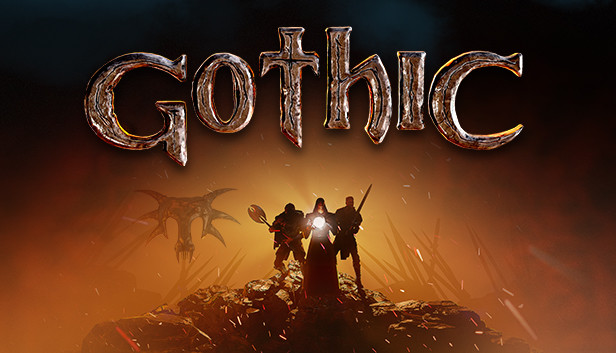In our special offer, we've rounded up 6 different gaming PCs starting at €570. None of our setups cost more than €2,400, including two PC setups designed for CPU overclocking.
This means that in terms of pure performance, these two PCs are also a lot cheaper to implement, provided you give up the overclocking option. We want to briefly explain the topic of overclocking first – other topics in our own site in addition to the six examples of PC and CPU overclocking are case and mainboard sizes, graphics card dimensions and coolers as well as SSD drives.
Gaming PC: CPU overclock
Increasing the CPU clock speed above the factory default value is called overclocking, or OC for the English expression “overclocking”. If you overclock the processor by 10 percent, for example, you'll get up to 10 percent better performance. However, in gaming, you will get a much smaller increase in FPS (frames per second) in percentage terms compared to what corresponds to the overclocking percentage.
Because the impact of the graphic card is very high in games. However, many users want to overclock their computers' CPU, some even out of mathematical ambition, to clearly test existing limits.
Because overclocking generates more heat than intended, it can also stress other components (especially the mainboard). In theory, the processor can also be destroyed if you overuse it – so you should just proceed in small steps and subject each clock speed increase to a detailed stress test with tools.
Depending on the motherboard model, there are UEFI menu items or Windows tools that make overclocking easier without much prior knowledge – but you should still familiarize yourself with the topic a little beforehand. With a modern processor, you can increase the multiplier in your motherboard's UEFI (BIOS) for overclocking.
For example, an internal base clock of 100 MHz multiplied by a multiplier of 40 results in 4000 MHz, which is 4.0 GHz as the CPU clock. If you increase the multiplier to 45, the CPU runs at 4.5 GHz. At Intel, only CPUs with K in the model name have a freely selectable multiplier, for example Core i7-14700K or Core i5-13600KF.
In addition, the mainboard must have a Z chipset to adjust the multiplier (for example Z790). With AMD's AM4 and AM5 sockets, the OC works with basically any motherboard, although more expensive models (just like Intel) offer more overclocking options and, thanks to higher-quality components, are more likely to handle higher clock speeds than Cheaper motherboards.
With AMD you should note that the X3D models of the Ryzen 5000 and 7000 CPUs do not have a freely selectable multiplier. For example, if you want to overclock, use CPUs like the Ryzen 5 5600X or Ryzen 7 5700X (both with AM4 socket) or the Ryzen 5 7600 or Ryzen 7 7700X (both with AM5 socket) – don't know what a socket is? Then the next short section will help us.
Source: EKL Albinfon
It is recommended to use a large radiator or an integrated water cooling system when overclocking.
Briefly explain the rule
AMD AM4 and AM5 sockets are currently of interest to gamers, while Intel 1700 socket is of interest to gamers. A socket is a device for mounting a CPU to a motherboard and is also the name of an entire processor platform from AMD or Intel, each of which represents a larger family of CPUs. AMD's AM4 socket is strong with CPUs under €300, and the newer AM5 socket has processors over €300.
With Intel's 1700 socket, you'll find some interesting CPUs from 90 to (well) over 400 euros. Our recent CPU buying advice at the end of March explains this in more detail. Since a motherboard only supports a specific socket, you should make your choice of motherboard based on the processor you choose.

“Unapologetic analyst. Infuriatingly humble coffee evangelist. Gamer. Unable to type with boxing gloves on. Student. Entrepreneur.”






More Stories
The new release for PS5, Xbox and PC is ahead of schedule
Summer of Games 2024: all dates, trade shows, events and streams at a glance
PS Plus May 2024: These four free games are included this time